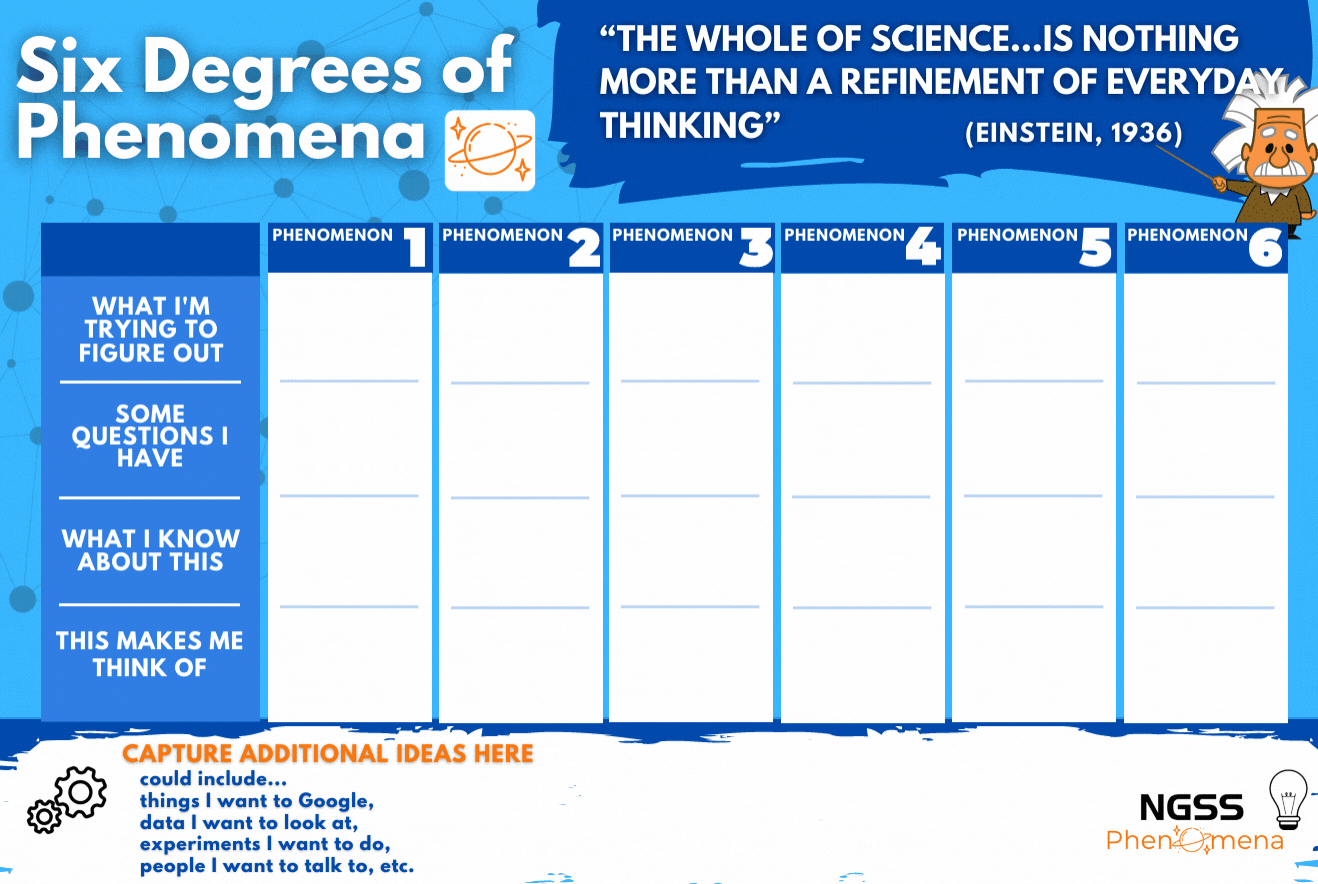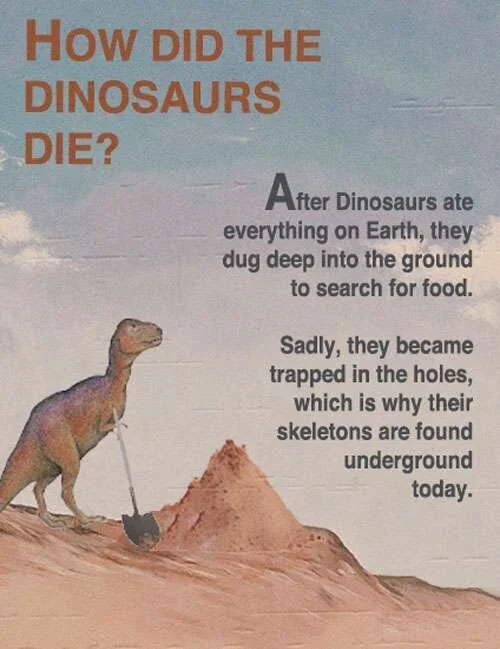Because we are all in a new place - either trying to move our science instruction online, or trying to assume a role in helping to teach our own children-turned-students - we wanted to take a moment to share one way of approaching meaningful science learning. Here at ngssphenomena we value authentic experiences in science and a science notebook can support this for ALL students.
That is, we do not value students filling out meaningless worksheets and doing busy work just for the sake of saying that X amount of hours were spent “doing work.” Here is how we think using science notebooking can truly make a difference.
Isn’t A Science Notebook the Place Where I Write Down Everything The Teacher Says?
We all have seen a notebook. And everyone has heard about science. So why put science in a notebook?!?
One of the major shifts in science education has been the move away from the scientific method and very prescribed labs that students simply worked their way through in order to validate something that their teachers have already told them was going to happen. Basically, students were cycling through various proof of concept activities to confirm science ideas, not exploring these science ideas to determine how they understood them.
As educators and parents, we’re sure you all remember this from your schooling - we mastered facts and marveled at other scientists work but felt disconnected from the learning and weren’t able to apply these ideas to make sense of other phenomena.
We want students to be able to make observations about the world around them, form questions based on what they see and try to figure things out on their own.
Does this mean we just hand our young scientists a notebook and shove them outside and hope for the best - definitely not.
But remember back to that time when they were young and asked what felt like 4,000 what, why, & how questions?!?!? THATS what we are saying - you all became experts in coming up with creative ways to reframe or redirect the questions, come up with answers that helped them to think deeper, or connect their wonderings to other topics that maybe they had not yet even thought (or known) about.
Think of a science notebook as a public record of thinking.
Where they record this does not matter - could be digital, could be on blank pieces of paper that you glue into a notebook later - but there is something simple and accessible about a plain ol’ notebook. No fighting over a computer, or needing a fancy device - and a science notebook starts to change the way they see the world when they pick it up. Once you open your science notebook - you see the world around you with a new lens. It’s time to figure stuff out…
I don’t know science - how do i start…
What is a science notebook?!? Think of it simply as a place to where we put all of our sweet sciencey thoughts. So what do we write? ANYTHING! Your science notebook is like your science learning diary - you include ideas you are struggling to understand, a great question you came up with or a note to remind yourself how to write claims supported by evidence.
It’s the place to reflect on what you saw, to write down how it makes sense to you so far, to draw diagrams or models that help you think, or to develop a draft of an evidence based claim as you prepare to share your thinking with others.
We might include questions like; why is my cereal making weird noises, what does flatten the curve mean, why is air pollution going down now and dolphins are returning to the canals in Venice, what is that bird outside my window doing, what is cheese even made of, etc.
We might record data & observations – today I saw 30 birds outside but now they are gone and there is only one hawk sitting on the pole, its officially spring but I do not see many flowers – but I do see some buds on the trees, I tried baking pancakes but used less flour than usual and there were barely any bubbles in the pancakes, on the days I exercise inside I want to eat these kinds of foods vs. on the days I just watch Netflix I want to eat those kinds, etc.
We might record our thoughts on obtaining, evaluating, and communicating information – we are getting inundated with a TON of information right now. How can you develop a way to evaluate this information?
Use science notebooks to capture what are you thinking. Put your critical consumer hat on and think about what people are sharing – what is the source, what are they saying, how are they saying it (i.e., graphs, verbal, blog posts, etc.), and what do you think. You might write something like “I’m not sure that I agree with this because…” or “This source seems to say this while that one says that…”
How do i know if i’m doing it right…?!?
Like the images above and on the left, could your science notebooks be completely full of eloquent writing, complicated math, or breakthroughs in how we think about evolution?
Hopefully…but, we are not trying to be Darwin, Einstein, or Issac Newton in this time, we want to give students the freedom to explore their learning and thinking using a tool they help develop.
We are not trying to change the world with our teaching right now. What we can change right now is how our children view learning. We are presented with a unique opportunity to help all our young learners view science in a new light. Some scientists work on a project for years and never make progress on a credible answer, while TONS of our breakthroughs are recognized as unforeseen results of our planned investigation.
In other words, just by trying science, you can have successful science experiences.
Take your time, make mistakes, focus on how you engage with science (questions, investigations, evidence), stop worrying about scientific vocabulary and instead focus on your growing experts ability to figure things out and solve problems that are meaningful to them.
Post written by Chris Zieminski & TJ McKenna for ngssphenomena.com
Comment below, or email ngssphenomena@gmail.com.














